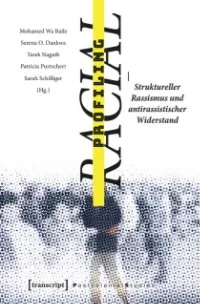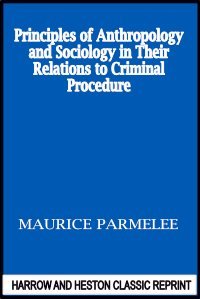By Joshua J. Reynolds, Victoria Estrada-Reynolds , Scott Freng, Sean M. McCrea,
Police officers must rely on the available information when investigating crimes. One cue police sometimes rely on is suspect movement (e.g., furtive movements and headlong flight). The courts have explicitly allowed officers to use this information to support warrantless searches. Yet, there is scant empirical evidence examining whether suspect movement is associated with guilt. Using 141 participants in an experimental design, we examined whether individuals who were made guilty (experimentally) would be more likely to avoid a police representation in a social distance paradigm. We also examined a second legal perspective, that racial minorities or individuals who have low police legitimacy would be more likely to avoid the police. Using Bayesian statistics and information criteria we found that neither guilt nor race was associated with avoidance, but feeling guilty was positively associated with avoidance
Applied Psychology in Criminal Justice, 2021, 16p.


















